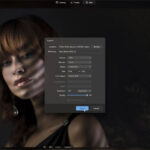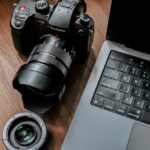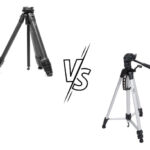Long before Photoshop or Lightroom, photographers like Ansel Adams worked without digital technology to create, capture, and print their photography. One of the most notable features to Adams’s approach was his ability to use simple handmade tools and typical kitchen appliances to create beautiful masterpieces. For instance, he used a microwave to dry test prints to find the perfect exposures or a piece of cardboard with a hole cut out of it to focus light into a specific area of the image. In this video, his son Michael gives us a quick glimpse into the artistic visionary Ansel Adams and what it took to create amazing prints before the advent of modern day tools:
Adams was passionate about nature photography and wilderness preservation. While he was known for his iconic black and white landscapes of the American West, his worked also helped to distinguish photography as the art form we see today. In fact, many of his prints, including photographs of Yosemite National Park, are still widely reproduced for calendars, posters, books, and other media.

Adams’s exposure device featured over 30 light bulbs, each equipped with its own light switch.
Unfortunately, Adams didn’t have it as easy as those in the digital age alumni. Unlike the quick exposure corrections you can make by clicking a few buttons in Photoshop or Lightroom, it could take Ansel Adams up to half a day to set up for the correct exposures for a single print. Therefore, to have more control over his print exposures, he created his own personal exposure device using an enclosed area that housed over 30 different light bulbs. Each bulb was connected to its own switch to allow for easy adjustments and to provide complete lighting control over the entire exposure area.

Adams used a homemade railroad track system to help move the heavy equipment to where it was needed.
Ansel Adams built his entire setup using a homemade railroad track system to allow him the ability to move his enlarger either closer or farther away from his exposure device. While his routine may no longer be as precedent as it once was, there is no denying his painstaking work ethic helped to bring his photography to life. And if nothing else, this video showcases just how lucky we are to use a digital camera and photo editing software.
Like This Article?
Don't Miss The Next One!
Join over 100,000 photographers of all experience levels who receive our free photography tips and articles to stay current:






Absolutely fascinating. Great interview, well done